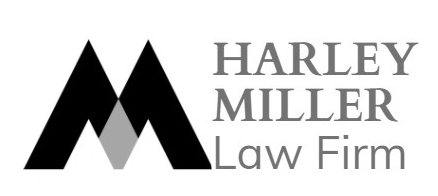“Patent information” refers to the legal and technical information contained in patent documents released by the patent office on a regular basis. A patent document includes a detailed description of how the claimed invention works as well as the claims that determine the invention’s scope of protection. The patent document also includes information about the inventor’s author and patent date, as well as links to related references. Approximately two-thirds of the technical knowledge revealed in patent procedures has never been published elsewhere, and the world’s patent documents consists of about 40 million descriptions. Patent data is thus the most comprehensive collection of classified technical data on the planet.
For many different reasons, patent information is highly valuable to small and medium-size businesses. The most essential reason is that patent information is the only source of technical information that SMEs can use as parts of their business planning. When the invention (or, depending on local law, the patent application) is published, most inventions are first published to the public. As a result, patent information is an important source of knowledge about current research and advances and often before the items based on that idea have been on the market for a very long time. Technical information provided in patent documents can give SMEs with understanding:
- Avoid spending money on research that is already known;
- Identify and assess technology for licensing or transfer;
- Look for alternate technology.
- Keep updated information about professional technology;
- Look for available solutions to technological issues.
- Looking for new ways to innovate.
Patent information may benefit an enterprise’s business strategy in the following ways:
- Look for business partners;
- Look for suppliers and materials.
- Track the activity of potential rivals;
- Determine the right market.
Finally, SMEs can use the information included in patent documents to:
- Avoid violating intellectual property rights.
- Assess the feasibility of patenting your innovation.
Object against the granting of a patent that may conflict with your invention.





